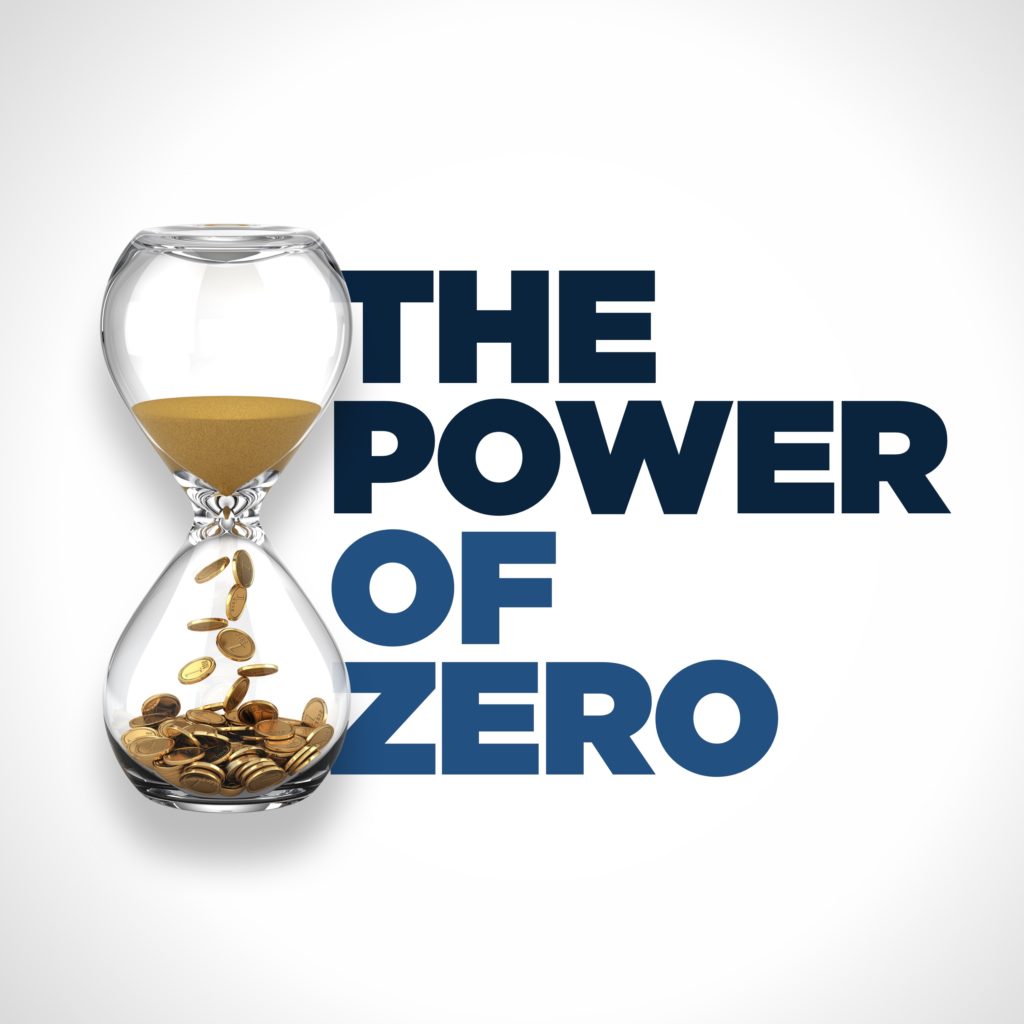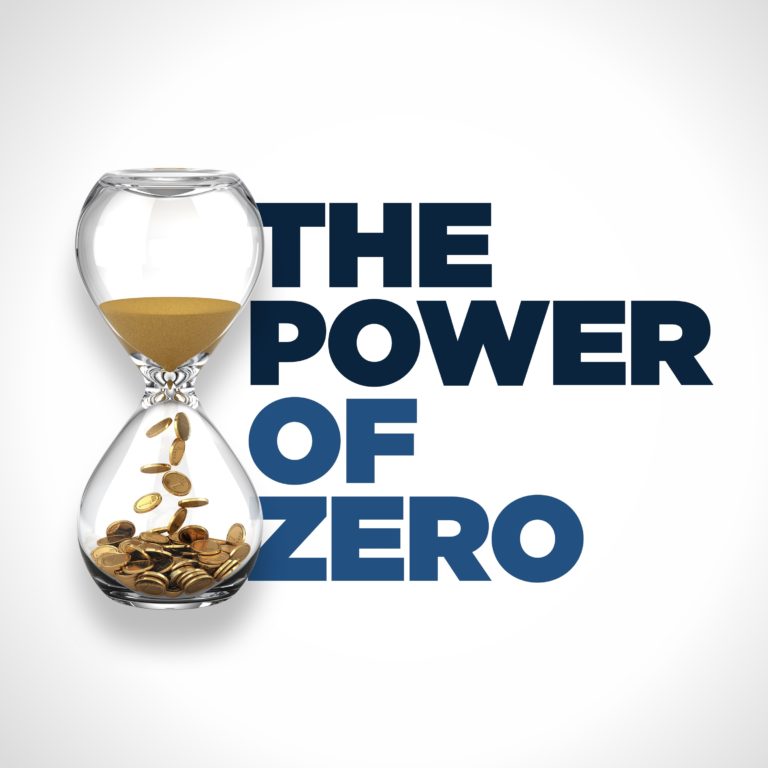The number one piece of information you should consider when thinking about your tax deferred bucket is what you think the tax rate will be when you take out your money. Will it be higher or lower?
You may hear the argument that If you take money out of your Roth IRA, you will have less money working for you and less money for your retirement. However, that’s not true.
People think the money in their Roth IRA account is theirs, but really you have entered into a business partnership with the IRS and they are joint owners of that account with you.
It’s not all your growth, a portion of it is owned by the IRS.
When your money grows over time, the portion for the IRS is going to grow and compound over time just like your portion. The IRS loves it.
If tax rates are always going to be at 30%, it doesn’t matter if you use a Roth IRA, or a Roth conversion or a traditional IRA. It all ends up the same.
If tax rates were to go up by just 1%, your portion of the account will go down, which is where a conversion makes more sense.
It’s very important to understand the fiscal landscape of our country.
You have to try to anticipate where tax rates are going to be because at the end of the day, that should inform all of your decisions as it relates to these types of accounts.
The true purpose of a retirement account is to maximize cash flow at a period of your life where you can least afford to pay the taxes.
Any distributions you take out of your IRA count as provisional income and could cause your social security to be taxed.
All tax deferred investments have two things in common: when you put money in you get a tax deduction, and your deductions will disappear when you need them most.
A lot of financial gurus say that you will always be in a lower tax bracket when you retire, but that idea has largely been debunked.
In retirement, every day is a Saturday.
Most of your largest deductions are gone once you retire. Your house is mostly paid off. You probably aren’t receiving a child tax credit anymore. You’re not contributing to your 401(k). People tend to contribute time instead of money to charity.
The IRS thinks nothing of your time because it is not tax deductible.
After 2026, tax rates are likely to be dramatically higher than they are today as the national debt balloons up to $30 trillion.
In a rising tax rate environment, there is a perfect amount of money to have in your tax deferred bucket.
If you don’t have a pension, the magic number is between $250,000 and $350,000.
You want the balance in your tax deferred bucket to be low enough that the RMD’s coming out are less than your standard deduction, and don’t cause your social security to be taxed.
You want your distributions to be tax free, while also maintaining your tax free social security.
If you have a big enough pension, it will probably take up all of your standard deductions so make sure you get as much that money into tax free accounts.
Quick quiz. Can you guess David’s favorite tax free investment?
The holy grail of financial planning is to get a deduction on the front end, it grows tax deferred, and you take it out tax free.
Take advantage of your 401(k). Contribute up to your match, and not a penny more. Get that tax deduction on the front end. Mathematically, nothing beats this strategy for tax free income in retirement.
When you put the puzzle pieces together, then the zero percent tax bracket emerges.



